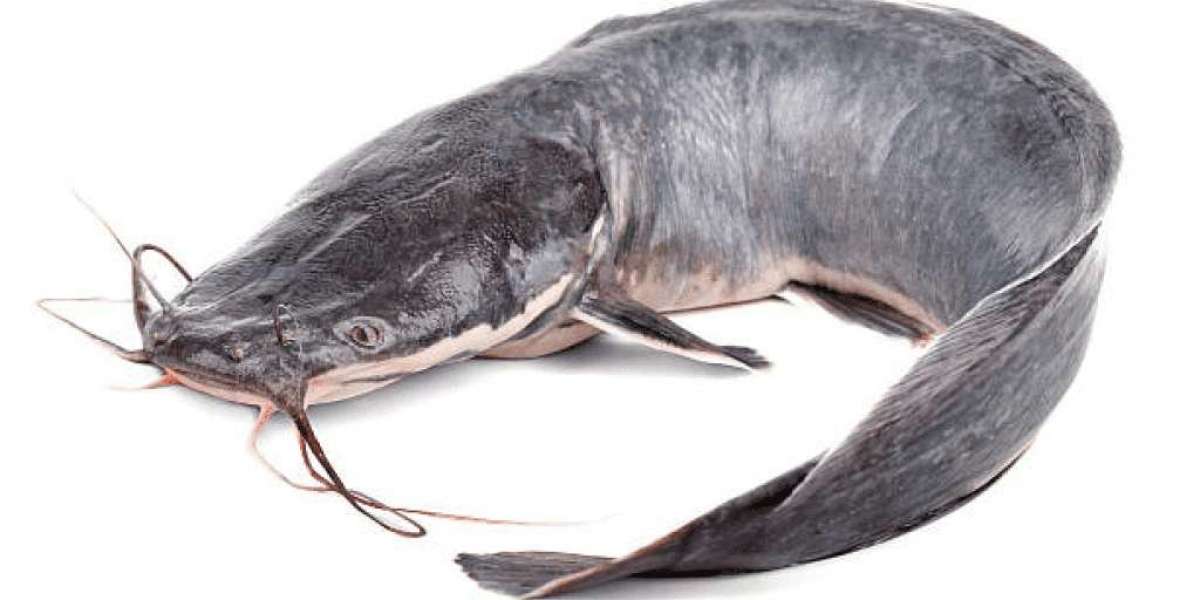1. UNDERSTAND THE BASIC REQUIREMENTS FOR RAISING HYBRID JUVENILE CATFISH : Before you begin, it’s essential to understand catfish biology, the specific needs of the hybrid catfish you intend to raise which will help in stocking the right catfish specie, and their habitat requirements which includes;
- Suitable Water Source (non-polluted water)
- Pond or Tank Construction
- Water Quality Management
- Feeding Management
2. CHOOSE THE RIGHT CATFISH SPECIES :
Select the parent catfish species that you want to crossbreed. Common catfish species for hybridization include Heterobranchus longifilis catfish and Clarias gariepinus, as well as other hybrid combinations
3. SET UP A SUITABLE TANK OR POND:
Construct a suitable pond or tank that provides enough space and depth for catfish. The size will depend on the number of catfish you plan to raise. Ensure proper aeration and water circulation to maintain oxygen levels and water quality.
4. WATER QUALITY MANAGEMENT:
Monitor and maintain water quality parameters, including temperature, pH, dissolved oxygen, and ammonia levels, to ensure optimal conditions for catfish growth.
- Temperature: Maintain water temperature within the preferred range for your catfish species.
- pH: Keep the pH levels stable, typically around 6.5 to 7.5.
- Ammonia and Nitrate Levels: Regularly test and manage ammonia and nitrate levels.
- Oxygenation: Ensure adequate oxygen levels through aeration or a well-designed pond layout.
5. FEEDING:
Catfish are omnivorous, so their diet can include commercial pellets, fishmeal, and natural food sources like insects, worms, and aquatic plants.
Provide high-quality, nutritionally balanced catfish feed. The feeding schedule will vary depending on the age and size of the catfish.
Start with smaller pellets or live food for very young catfish and gradually transition to larger pellets as they grow. Commercial catfish feed is available and can be used.
Feed the catfish according to a schedule, typically 1-2 times a day.
6. GROWTH MONITORING:
Regularly monitor the growth and health of your hybrid juvenile catfish. Keep records of their size, weight, and behavior to track their development.
7. DISEASE PREVENTION:
Implement biosecurity measures to prevent the introduction of diseases and parasites.
Monitor the health of your catfish and seek veterinary assistance if necessary.
Be vigilant for signs of diseases, and if any issues arise, take prompt action. Quarantine new fish to prevent the introduction of diseases.
8. HARVESTING:
The ideal time to harvest hybrid juvenile catfish varies depending on the desired size and market demand. Typically, catfish are harvested at 6-8 months of age. Use a seine net or trap to capture them.
9. GRADING AND SEPARATION:
After harvesting, sort the catfish based on size and quality. This allows you to sell or market them more effectively.
10. MARKETING AND SALES:
After harvesting, process the catfish for sale or personal consumption. Processing may include gutting, filleting, and packaging.
Decide whether you want to sell your hybrid catfish to consumers, local markets, or other suppliers. Advertise and market your fish effectively.
Develop a marketing plan to sell your catfish, whether to local markets, restaurants, or wholesalers.
11. RECORD KEEPING:
Maintain detailed records of expenses, feed consumption, growth rates, and any issues encountered during the raising process. This data can help you fine-tune your catfish-raising operation in the future.
Raising hybrid juvenile catfish can be a fascinating and potentially profitable venture when done correctly. Just remember to focus on water quality, proper feeding, and disease prevention, and your catfish will thrive as they grow into healthy and marketable fish.







